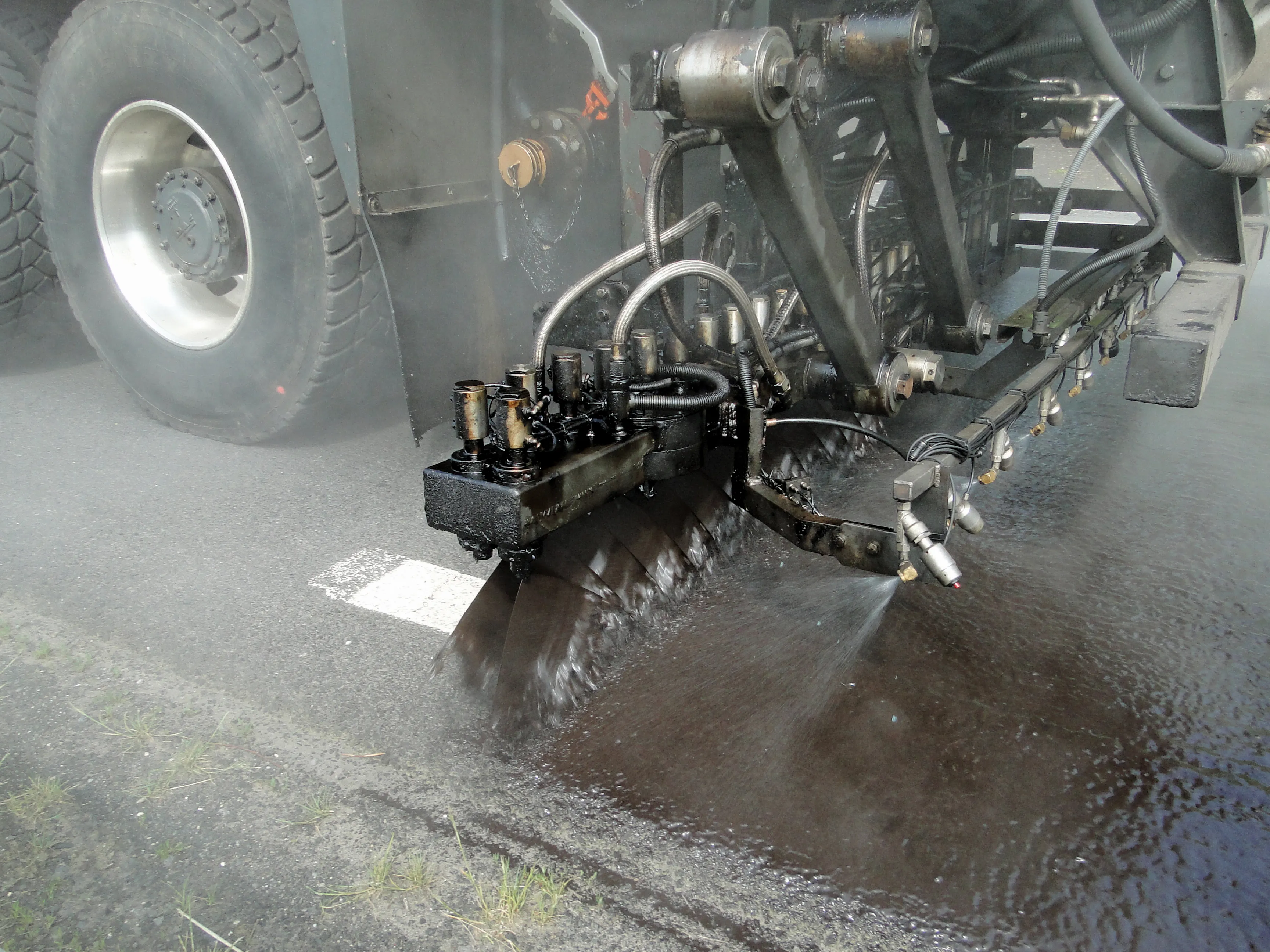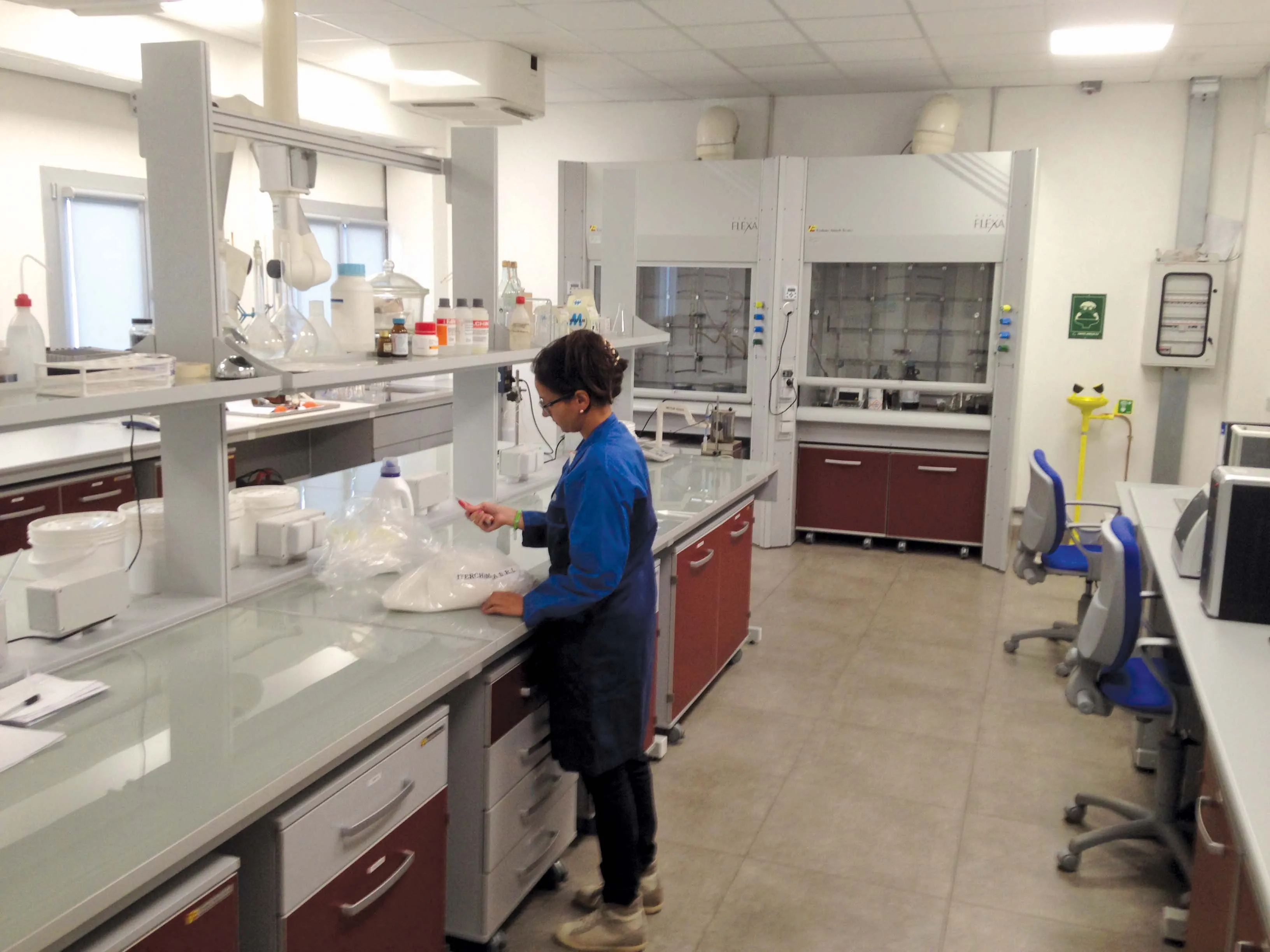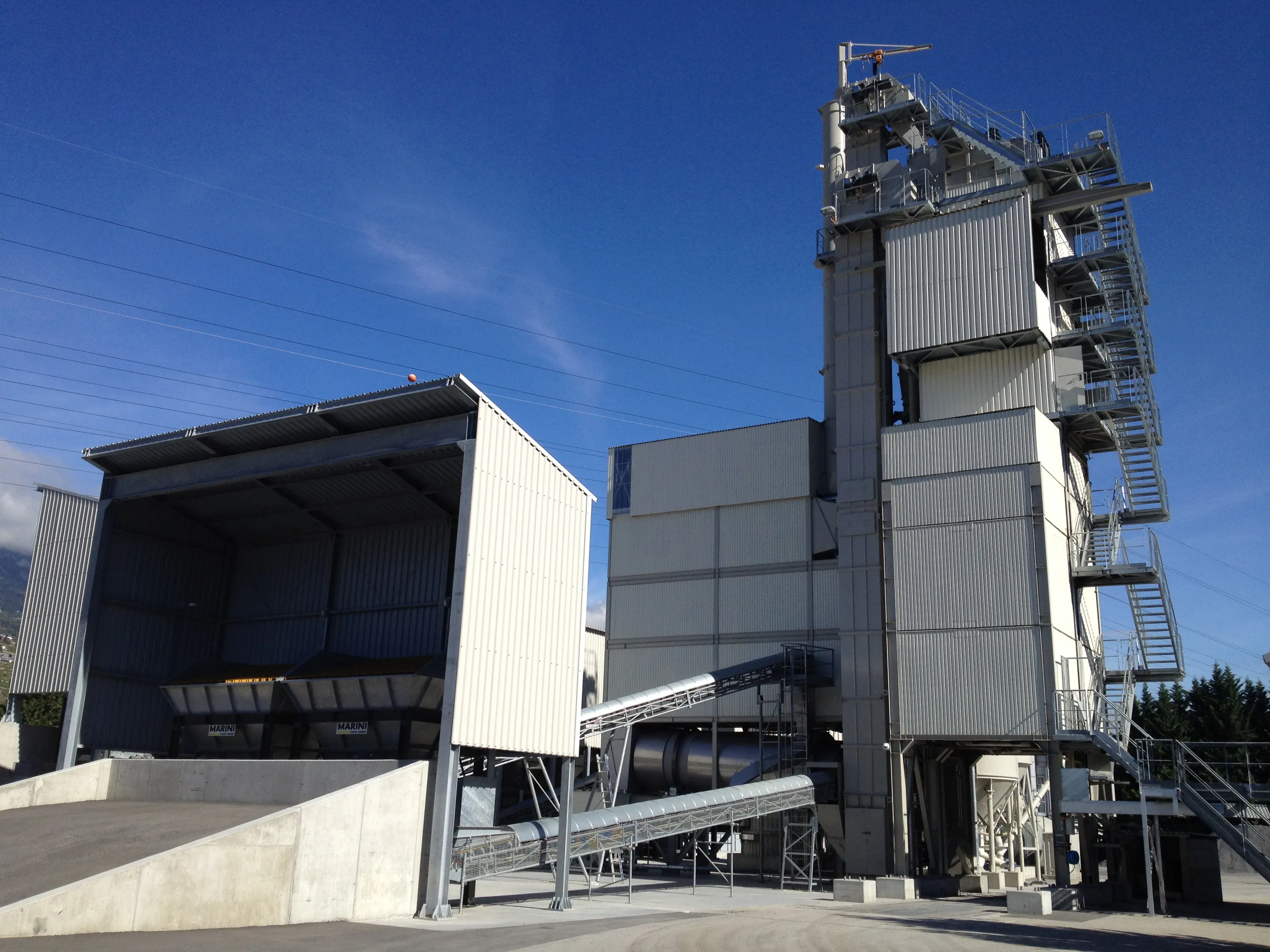
Colas has been working on new chip seal solutions for high traffic roads using bitumen emulsions. Technical director Christine Deneuvillers presented the company’s new range of Colas High Traffic chip seals to the 2013
“Now that people have less money, we are trying to encourage pavement preservation by using these types of surface treatment,” said Deneuvillers. “There are two main benefits: it restores waterproofing and skid resistance before the pavement becomes too damaged.”
Emulsions offer benefits over traditional hot mix for chip seal solutions, said Deneuvillers. The biggest financial gain is that only a thin layer of material is required: on average around 1.5-2kg of binder for every square metre with one or two aggregates layers. It is also quick to use, which brings safety benefits for the operatives and reduces disruption for users.
There are also benefits to the environment, as emulsions do not require heating and do not produce emissions. And there are practical benefits, as once created, emulsions for chip seal can be stable for up to three weeks.
For high traffic roads, the challenges in developing an emulsion are to produce a binder with the right viscosity and one which builds up cohesion with the aggregate layer quickly enough. If the viscosity is too low or too high there can be chip loss and bleeding. And if cohesion between binder and aggregate does not form fast enough, chips will come off too.
The result of
Colas carried out trials on minor roads, and the results have been very promising, said Deneuvillers.
MWV Evotherm
Making the case for MWV’s warm mix technology Evotherm in Europe varies from country to country, according to Claude Giorgi, technical marketing and service manager, Asphalt Innovations, who was presenting the technology at the FIRM13 conference. “Each time we go to a new country, we try to understand what are the drivers for implementing warm mixes,” said Giorgi.
France is by far the biggest user of warm mix in Europe, said Giorgi, laying around 2.5 million tonnes a year, out of perhaps 4 million tonnes in the whole of Europe. “In France it is health and safety and environmental issues that are important,” he said.
In German-speaking countries, technical issues come first. “Our Evotherm technology could help reduce cracking because there is less binder oxidisation, giving a longer binder life and less thermal cracking,” said Giorgi.
For the UK, the attraction for warm mix could be reduced carbon emissions or the ability to increase the proportion of RAP. A trial in Missouri saw a mix made with Evotherm and 35% RAP achieve the same properties as a hot mix with 20% RAP, a 75% increase in the proportion of RAP.









